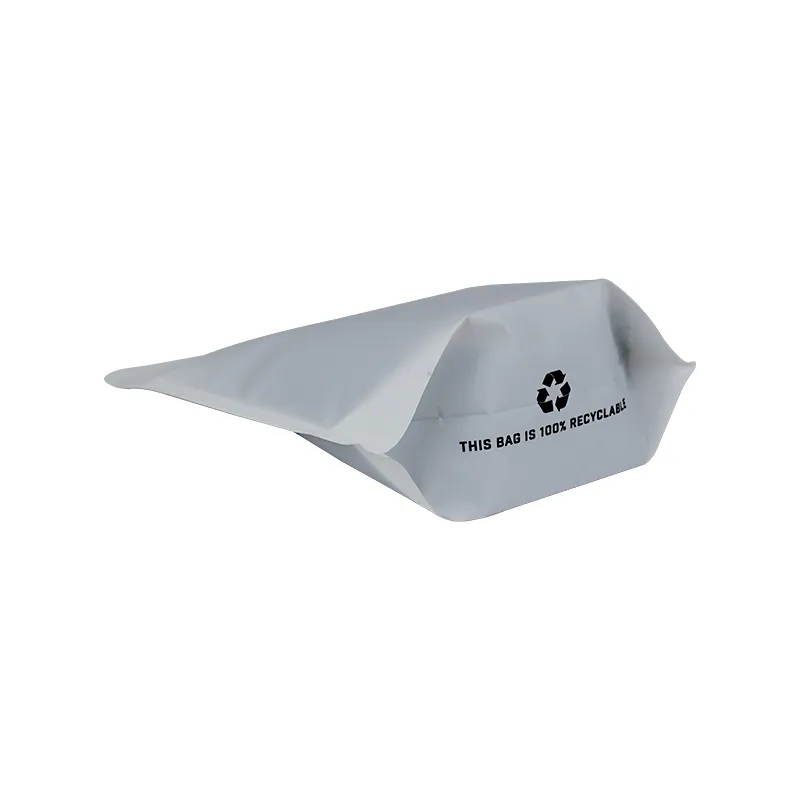- Afrikaans
- Albanian
- Amharic
- Arabic
- Armenian
- Azerbaijani
- Basque
- Belarusian
- Bengali
- Bosnian
- Bulgarian
- Catalan
- Cebuano
- chinese_simplified
- chinese_traditional
- Corsican
- Croatian
- Czech
- Danish
- Dutch
- English
- Esperanto
- Estonian
- Finnish
- French
- Frisian
- Galician
- Georgian
- German
- Greek
- Gujarati
- haitian_creole
- hausa
- hawaiian
- Hebrew
- Hindi
- Miao
- Hungarian
- Icelandic
- igbo
- Indonesian
- irish
- Italian
- Japanese
- Javanese
- Kannada
- kazakh
- Khmer
- Rwandese
- Korean
- Kurdish
- Kyrgyz
- Lao
- Latin
- Latvian
- Lithuanian
- Luxembourgish
- Macedonian
- Malgashi
- Malay
- Malayalam
- Maltese
- Maori
- Marathi
- Mongolian
- Myanmar
- Nepali
- Norwegian
- Norwegian
- Occitan
- Pashto
- Persian
- Polish
- Portuguese
- Punjabi
- Romanian
- Russian
- Samoan
- scottish-gaelic
- Serbian
- Sesotho
- Shona
- Sindhi
- Sinhala
- Slovak
- Slovenian
- Somali
- Spanish
- Sundanese
- Swahili
- Swedish
- Tagalog
- Tajik
- Tamil
- Tatar
- Telugu
- Thai
- Turkish
- Turkmen
- Ukrainian
- Urdu
- Uighur
- Uzbek
- Vietnamese
- Welsh
- Bantu
- Yiddish
- Yoruba
- Zulu
automated packaging solutions for efficient and cost-effective production processes
The Evolution and Benefits of Auto Packaging Technology
In today's fast-paced world, efficiency and convenience are paramount in every industry, especially in logistics and product distribution. One of the most significant advancements that have emerged in response to this demand is auto packaging technology. This innovation has revolutionized the way products are packed, stored, and shipped, significantly enhancing efficiency while reducing operational costs.
Auto packaging refers to the automated systems and machinery designed to package products with minimal human intervention. It encompasses various technologies, including robotic arms, conveyor belts, and sophisticated software for packaging design and execution. The evolution of this technology can be traced back to the industrial revolution when mechanization began to change how goods were produced and distributed. However, recent advancements in artificial intelligence and robotics have propelled auto packaging into a new era, making it more efficient, faster, and adaptable to various industries.
One of the primary benefits of auto packaging is its ability to enhance efficiency. Traditional manual packaging processes can be slow and prone to human error. In contrast, auto packaging systems can significantly speed up the packaging process, allowing businesses to meet the increasing demand for their products. These systems can operate around the clock, which means that businesses can scale their operations without the need for additional labor, thereby maximizing productivity.
Moreover, auto packaging technology ensures consistency and quality control. Automated systems are designed to follow precise specifications, which helps maintain uniformity in packaging sizes and weights. This consistency is vital for businesses, as it minimizes the risks of damage during transportation and ensures that customers receive their products in excellent condition. Quality control is further enhanced through the integration of sensors that can detect faults or packaging errors in real-time, allowing for immediate corrections.
auto packaging

Cost reduction is another significant advantage of auto packaging. While the initial investment in automated packaging equipment may seem high, the long-term savings are substantial. Companies can reduce labor costs, minimize waste through better material usage, and decrease the likelihood of costly packaging errors. Furthermore, these systems often use eco-friendly materials and processes, aligning corporate practices with sustainability goals that are increasingly important to consumers today.
The versatility of auto packaging technology is also noteworthy. It can be customized to accommodate various product types, from small consumer goods to large industrial items. Businesses across multiple sectors—including food and beverage, pharmaceuticals, electronics, and e-commerce—are adopting auto packaging solutions to enhance their operational capabilities. For example, e-commerce businesses benefit greatly from automated packing systems that can quickly package orders for shipping while optimizing space in shipping containers to reduce costs further.
Furthermore, recent developments in smart packaging technologies are paving the way for future innovations. Integrating Internet of Things (IoT) capabilities enables packaging systems to communicate with each other, monitor supply chain performance, and gather data that can inform inventory management. Such advancements not only streamline operations but also enhance decision-making processes based on real-time information.
In conclusion, the rise of auto packaging technology represents a significant leap forward in the logistics and distribution sectors. As businesses continue to seek ways to improve efficiency, reduce costs, and maintain high product quality, the adoption of automated packaging solutions will likely become even more prevalent. The fusion of technology with traditional packaging practices heralds a new era that promises to transform how products are packaged and delivered, ultimately contributing to greater customer satisfaction in an increasingly competitive market. As we look to the future, the potential for continued innovation in auto packaging is vast, making it an exciting area to watch in the coming years.













